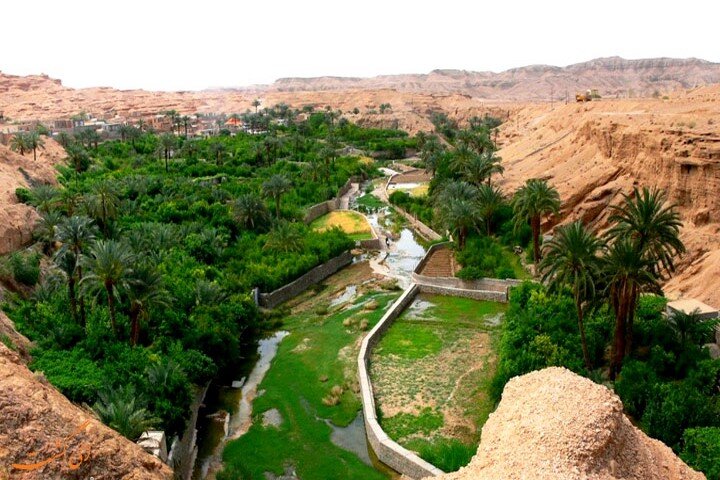COVID causes $4.7m damages to Tabas tourism

TEHRAN – The tourism sector of Tabas county in South Khorasan province has been damaged to the tune of 200 billion rials ($4.7 million at the official exchange rate of 42,000 rials per dollar) as a result of the coronavirus outbreak.
During the last two years, the pandemic has negatively impacted the tourism sector of the region, Tabas’ tourism chief has announced.
However, there is hope that part of these losses will be compensated with the end of the crisis and the increase in trips and the number of domestic and foreign tourists, Kazem Nejatian said on Tuesday.
The county’s tourism and handicrafts sectors are working hard to get prepared for the post-corona era, the official added.
The many capacities and capabilities of Tabas, its rail and air infrastructure, strategic and suitable location, and the pristine deserts, as well as the appropriate services and facilities, make it a viable target for private investment, he noted.
More than one trillion rials ($23.8 million) has been invested in the tourism sector of the county, some of them on infrastructure development, he explained.
Back in January, the Ministry of Cultural Heritage, Tourism and Handicrafts announced that Iran’s tourism industry had suffered a loss of over 140 trillion rials (about $3.33 billion) since the outbreak of the coronavirus pandemic.
“Although the worldwide outbreak of COVID-19 has brought the whole world to a standstill, the tourism industry has been the worst affected of all economic sectors. However, efforts are being made by the government to help the tourism sector flourish again with continuous support and injecting supportive packages.”
Government’s care and support packages
In October 2020, the tourism ministry proclaimed that a new support package was approved to pay loans to businesses affected by the coronavirus pandemic.
Depending on the type and activity of the businesses, they could benefit from at least 160 million rials ($3,800 at the official rate of 42,000 rials) to nine billion rials ($214,000) of bank loans with a 12-percent interest rate.
The loans were allocated to tourist guides, travel agencies, tourism transport companies, tourism educational institutions, eco-lodges and traditional accommodations, hotels, apartment hotels, motels, and guesthouses as well as traditional accommodation centers, tourism complexes, and recreational centers.
ABU/AFM
